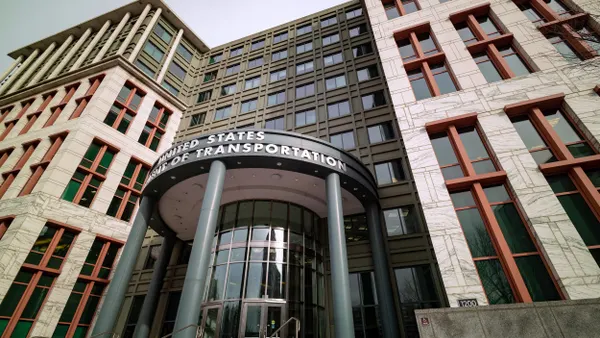Dive Brief:
- The pandemic has accelerated the emerging skills gap, due to business disruption and rapidly changing needs, according to Gartner. More than half (58%) of the workforce needs new skills to complete job duties, but pools of skills can be expanded with skill adjacencies, the firm said in a recent report.
- "Companies can look at current employees who have skills closely matched to those in demand and utilize training to close any gaps," Alison Smith, director in the Gartner human resources practice, said in a statement. Amid hiring freezes at some companies or challenges in quickly finding and hiring talent with in-demand skills, leveraging skill adjacencies may be a tangible solution, according to the firm.
- To tap into skill adjacencies, HR leaders should increase transparency of current employee skill sets, which enables talent managers to map out secondary and tertiary skills, according to Gartner. Encouraging flexible career progression by adjusting career path strategies can be helpful as well. "Uncoupling employees' concept of 'progress' away from just roles and titles empowers employees to be dynamic and ready to change course as the organization needs," Smith said.
Dive Insight:
Identifying "stepping-stone skills" of existing employees — those that connect different domains — can help upskill those with skill adjacencies to what's needed for a required role, according to Gartner.
Yellow, formerly YRC, is using a similar framework to help ease the squeeze of the driver shortage. COO T.J. O'Connor said on the firm's latest earnings call that it would look to convert box-truck drivers and dock workers to Class 8 drivers. O'Connor said those workers are not yet CDL-qualified, but employees who want to get credentialed will be trained to do so.
HR leaders can even look to one part of the company to fill open positions in another "seemingly unrelated" part of the company, Gartner said in a 2020 report. Some organizations are using machine learning to identify skill adjacencies at scale.
When looking for new hires, employers should keep skill adjacencies in mind as candidates can "easily expand their skills to the entirety of what's needed for the role you're trying to fill," according to the firm.
A lack of employee skills was cited by 1 in 5 small business leaders and 1 in 3 midsize business leaders as their greatest challenge in responding to the pandemic, according to GetApp's August survey. The greater majority (84%) of the employers in the survey said business shifts required different skill sets, the small-business software review service found. In response to the pandemic, more than half (61%) of employers said they planned on increasing their training budgets.
Indeed expanded its assessment tool in 2020 to allow employers to add two skills tests to their job postings. Both recruiters and job seekers said skills better indicate a candidate's ability compared to credentials, based on Indeed's survey of more than 500 job seekers and 500 employers.










